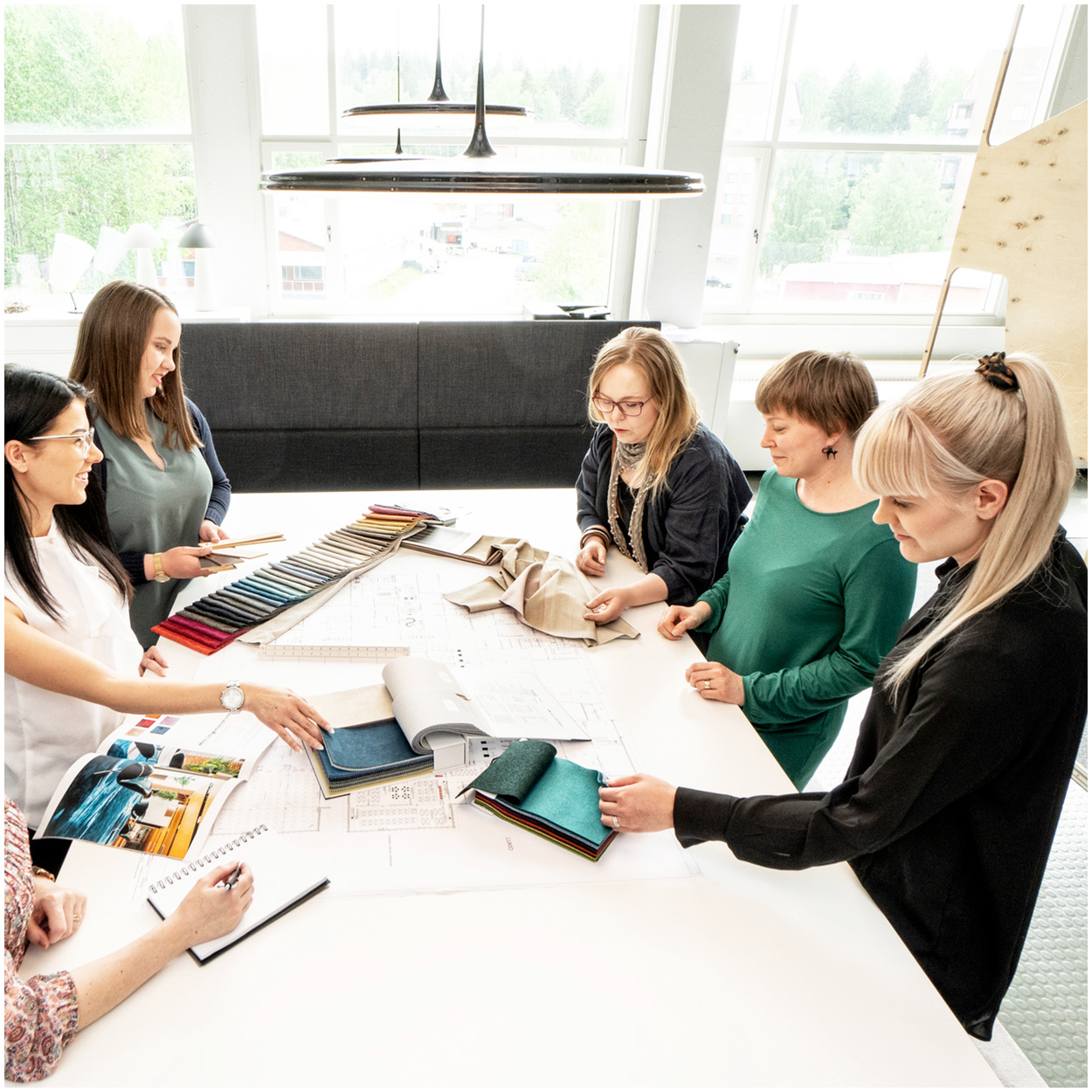Why Schools Should Invest in Movable Classroom Furniture
In today’s rapidly evolving educational landscape, flexibility and adaptability are paramount. Movable classroom furniture provides schools with the ability to create dynamic learning environments that foster engagement, collaboration, and creativity. By investing in ergonomic school furniture, educational institutions can not only enhance the learning experience but also ensure the comfort and well-being of students. This flexibility in learning spaces is crucial for accommodating diverse teaching methodologies and adapting to ever-changing educational needs.
How does movable furniture enhance learning environments?
Movable classroom furniture significantly impacts the adaptability of learning spaces, offering increased opportunities for collaboration and engagement among students. Research indicates that students learn more effectively in environments where they can easily interact with one another and with their instructors. Innovative classroom furniture, such as ergonomic classroom chairs and tables on wheels, allows for quick and easy reconfiguration of the classroom setup to suit different activities, from group discussions to individual study sessions.
Expert opinions support the idea that ergonomic student chairs and other flexible furniture solutions contribute to a more comfortable and inspiring learning environment. By enabling students to move furniture around effortlessly, schools can create spaces that adapt to various learning styles and teaching methods, enhancing both the educational experience and students’ overall well-being.
Moreover, the use of innovative school furniture that supports multiple configurations ensures that learning spaces can be tailored to specific educational objectives, promoting an inclusive and adaptable approach to education. This flexibility ultimately leads to improved learning outcomes and a more engaging school experience for students.
What are the economic benefits of investing in movable furniture?
Investing in movable furniture offers significant economic benefits for schools, particularly when considering the long-term cost-effectiveness of such solutions. Movable furniture is designed for durability, reducing the need for frequent replacements and repairs. This durability ensures that schools can make the most of their budget by investing in high-quality, long-lasting furniture that withstands daily use.
Adaptability is another key economic benefit of movable furniture. As educational methods and needs evolve, the ability to reconfigure learning spaces without incurring additional costs is invaluable. Movable furniture allows schools to adapt to new teaching methods and technologies without the need for costly renovations or new purchases.
Additionally, the reduced need for frequent replacements and the versatility of customizable furniture solutions make movable classroom furniture a smart investment. Schools can maximize their resources and allocate funds to other important areas, ultimately enhancing the overall educational experience for students and teachers alike.
How does flexible furniture support diverse teaching methods?
Movable classroom furniture plays a crucial role in supporting diverse teaching methods by accommodating a wide range of instructional styles. From traditional lectures to interactive and collaborative approaches, flexible furniture solutions provide the versatility needed to create effective learning environments. By allowing teachers to easily reconfigure the classroom layout, schools can support pedagogical diversity and innovation.
Educators who have integrated movable furniture into their classrooms often report positive experiences, noting increased student engagement and participation. The ability to quickly and easily rearrange furniture to suit different teaching styles enables teachers to implement a variety of instructional strategies tailored to their students’ needs.
Movable furniture also supports inclusive education by ensuring that all students have access to learning environments that cater to their unique learning styles. By fostering a flexible and adaptable approach to education, schools can better accommodate diverse student populations and promote a more inclusive and equitable learning experience.
What considerations should schools keep in mind when choosing furniture?
When selecting movable classroom furniture, schools should consider several factors to ensure they make the best choice for their specific needs. Classroom size, age group of students, and educational goals are all critical factors to consider when choosing furniture solutions. It is essential to select furniture that aligns with the school’s teaching philosophy and supports the desired learning outcomes.
ISKU offers a range of high-quality school furniture solutions designed to meet the unique needs of educational institutions. Our expertise in designing and manufacturing ergonomic classroom furniture ensures that schools receive durable, adaptable, and safe furniture solutions that enhance the learning environment.
Moreover, schools should also consider the importance of ergonomic design and safety standards when selecting furniture. ISKU’s commitment to quality and sustainability ensures that all our products meet the highest safety and ergonomic requirements, providing schools with peace of mind and a reliable partner in creating inspiring learning environments.
Conclusion
Investing in movable classroom furniture offers numerous advantages for schools, from enhancing learning environments to providing long-term economic benefits. By choosing high-quality, flexible furniture solutions from ISKU, educational institutions can create adaptable and inclusive spaces that support diverse teaching methods and improve student outcomes. We invite decision-makers to consider movable classroom furniture as a strategic investment in building future-ready schools that inspire and engage students in their educational journey.


